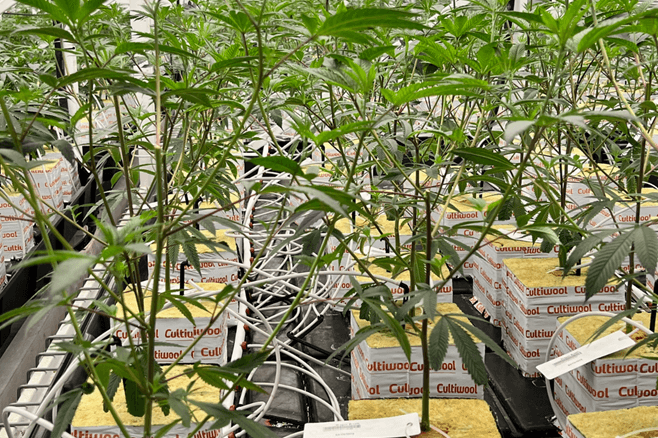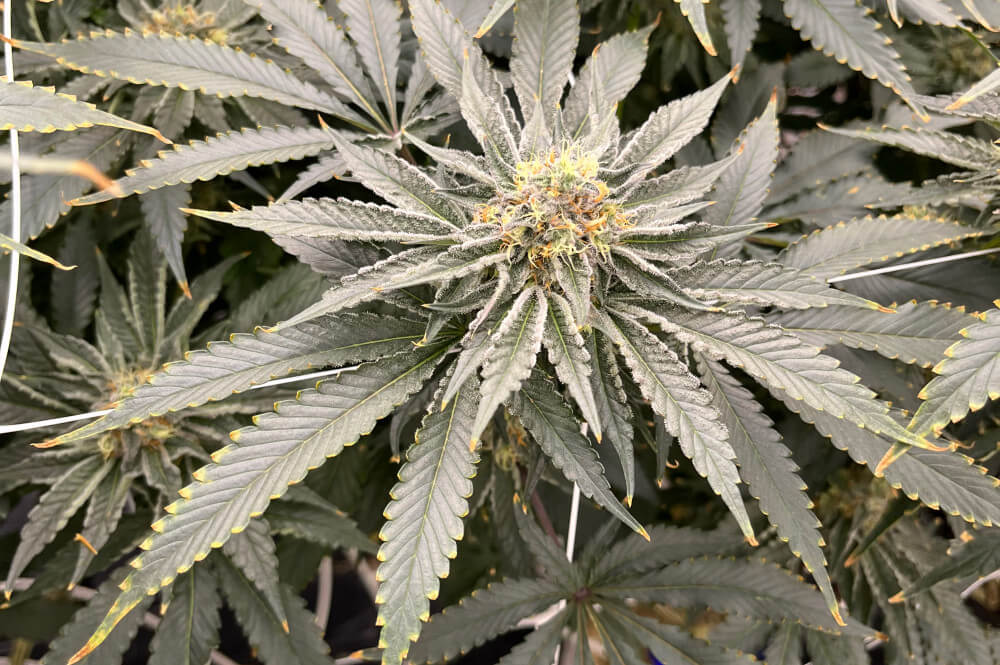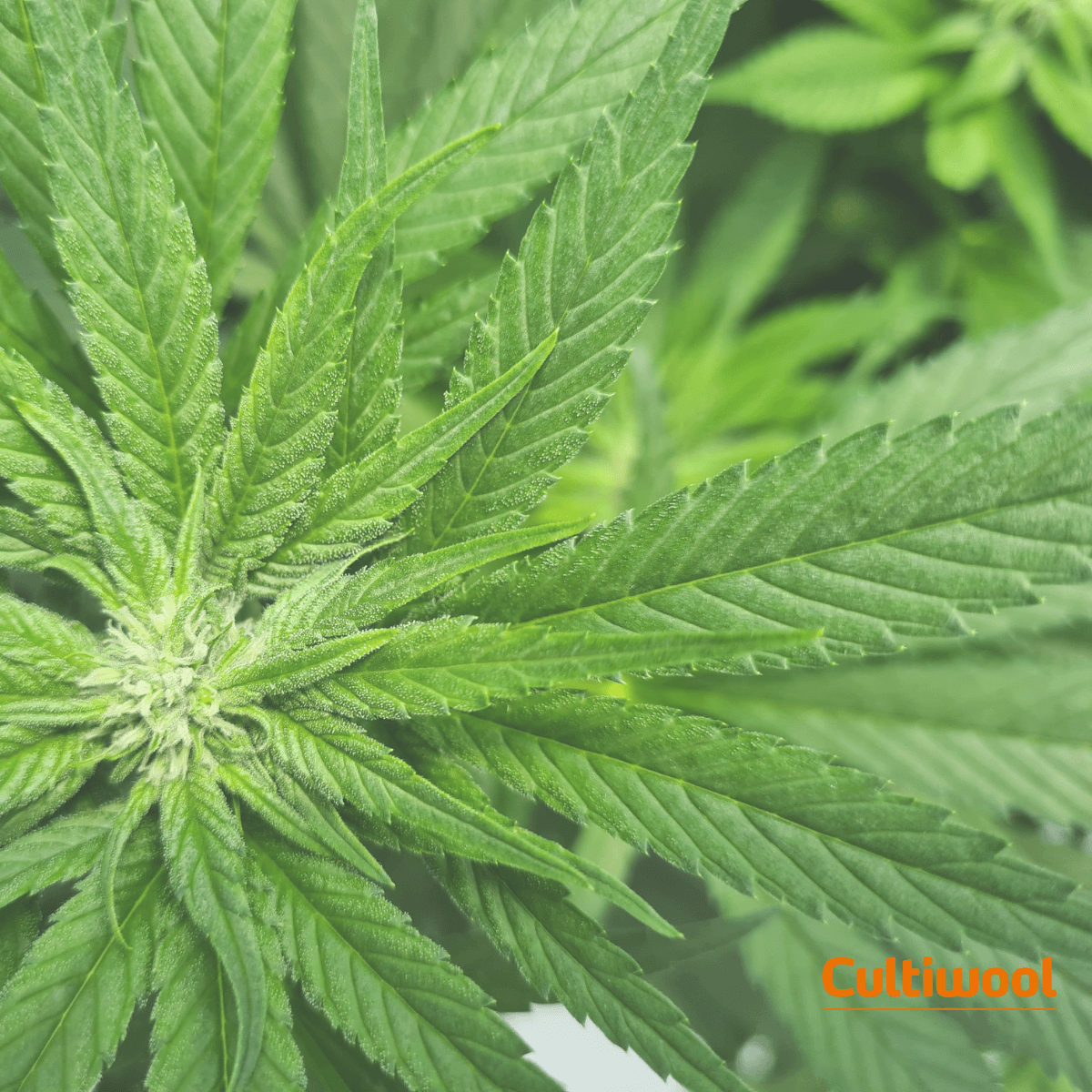
Advanced Nutrient & Crop Steering Techniques in Stone Wool Cultivation
5 september 2025
Stone wool has become the preferred substrate for precision cultivation, offering growers unparalleled control over water, nutrients, and oxygen availability at the root zone. As controlled environment agriculture (CEA) advances, one of the most impactful strategies growers can adopt is crop steering. That is a data-driven approach to adjusting environmental and nutritional inputs to guide plant development toward desired outcomes. Whether targeting higher biomass, increased yield, or enhanced quality (such as flavor or cannabinoid concentration), crop steering techniques can transform results in both medicinal and food crop production.
This article explores advanced nutrient and crop steering strategies tailored to stone wool systems, providing practical insights for growers seeking to elevate their cultivation practices. Please note that throughout the article, you can find links to previous publications for more in-depth information. Keep in mind that crop steering must be monitored very closely, as all the techniques are based on optimal conditions. Once a limiting factor is determined, the grower must make adjustments accordingly.

What is Crop Steering?
Crop steering is the practice of manipulating environmental and nutritional parameters to direct plant growth phases. In essence, growers can encourage either vegetative growth (more leaves, stems, and root mass) or generative growth (flower, fruit, or head development) by fine-tuning the following:
Nutrient concentrations (EC and ratios)
Irrigation frequency and dry-back levels
Light quantity (PPFD), quality (spectrum), and duration (photoperiod)
Temperature and humidity balance (VPD)
When performed with precision, crop steering ensures plants allocate energy toward the desired growth goal without compromising overall health.
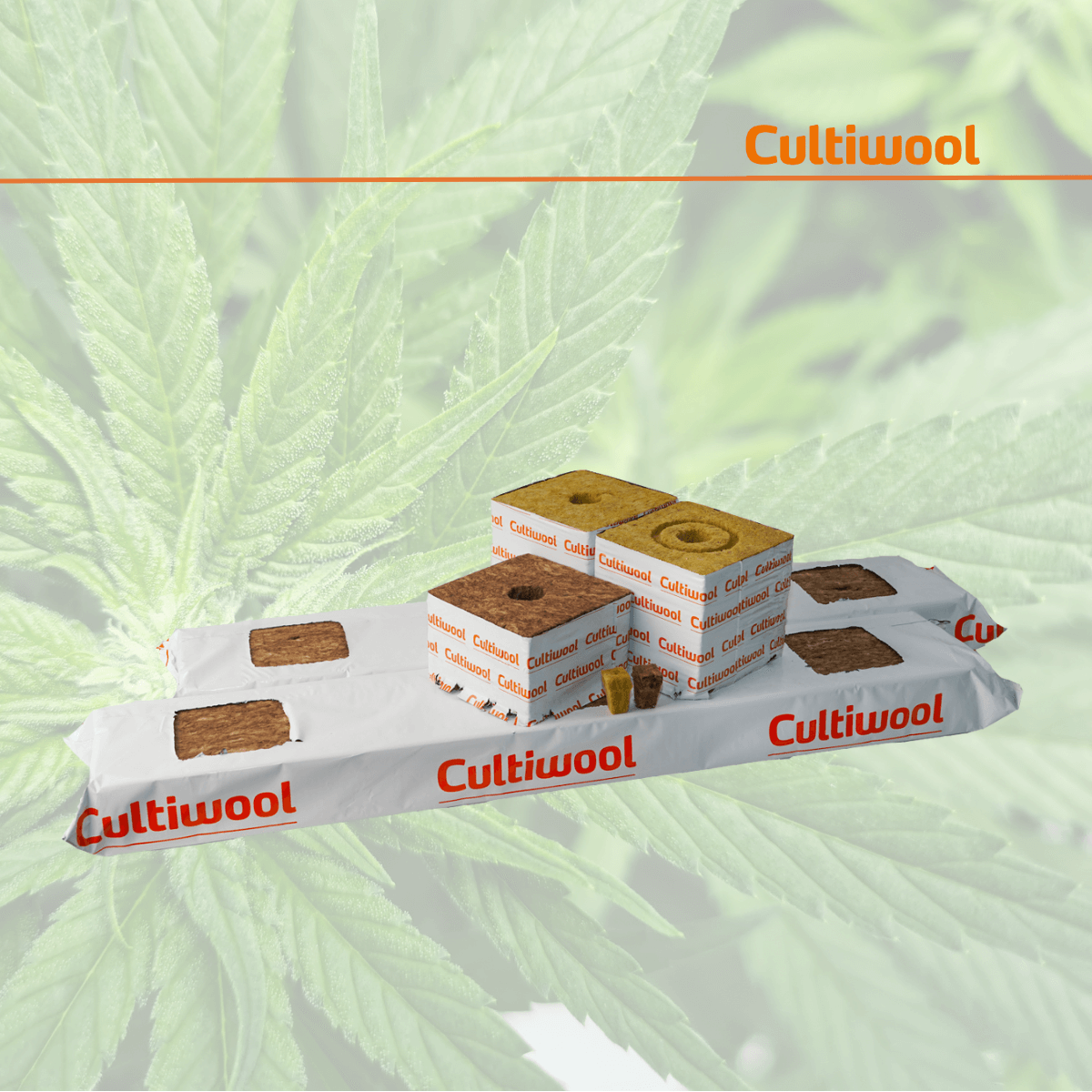
Nutrient Strategies for Crop Steering in Stone Wool
1. Electrical Conductivity (EC) Management
-
Vegetative steering: Maintain lower EC levels to promote root uptake, lush foliage, and rapid vegetative growth.
-
Generative steering: Increase EC in the root zone to create mild osmotic stress, encouraging plants to shift toward flowering or fruiting. This will reduce internodal spacing and increase secondary metabolite production at the end of the flowering cycle.
2. Nitrogen Ratios
-
Higher nitrate nitrogen (NO³) encourages vegetative growth.
-
Balanced or slightly reduced N in favor of potassium (K) and phosphorus (P) supports generative phases. While phosphorus is typically used later in flowering to bulk flower production, growers will also use it at the beginning of flowering during generative steering to reduce the initial internodal stretching.
3. Magnesium, Calcium, and Micronutrients
-
Adequate calcium ensures strong cell walls, which is crucial during fast generative growth.
-
Magnesium plays a role in photosynthesis efficiency and should be closely monitored, especially under high-intensity lighting.
Irrigation & Dry-Back Techniques
Stone wool’s precision and uniformity make it ideal for crop steering through irrigation strategies:
Vegetative steering: Short, frequent irrigations along with run-off to keep WC (water content) stable and EC lower.
Generative steering: Allow controlled dry-backs, reducing WC and raising EC, signalling the plant to invest in generative growth. EC stacking is also a common practice for generative growth, which is essentially done by eliminating run-off and causing the EC to rise in the substrate.
Tip: Monitoring WC, EC, and pH at multiple depths within the slab provides valuable insights into root-zone dynamics. This enables growers to adjust irrigation with confidence.
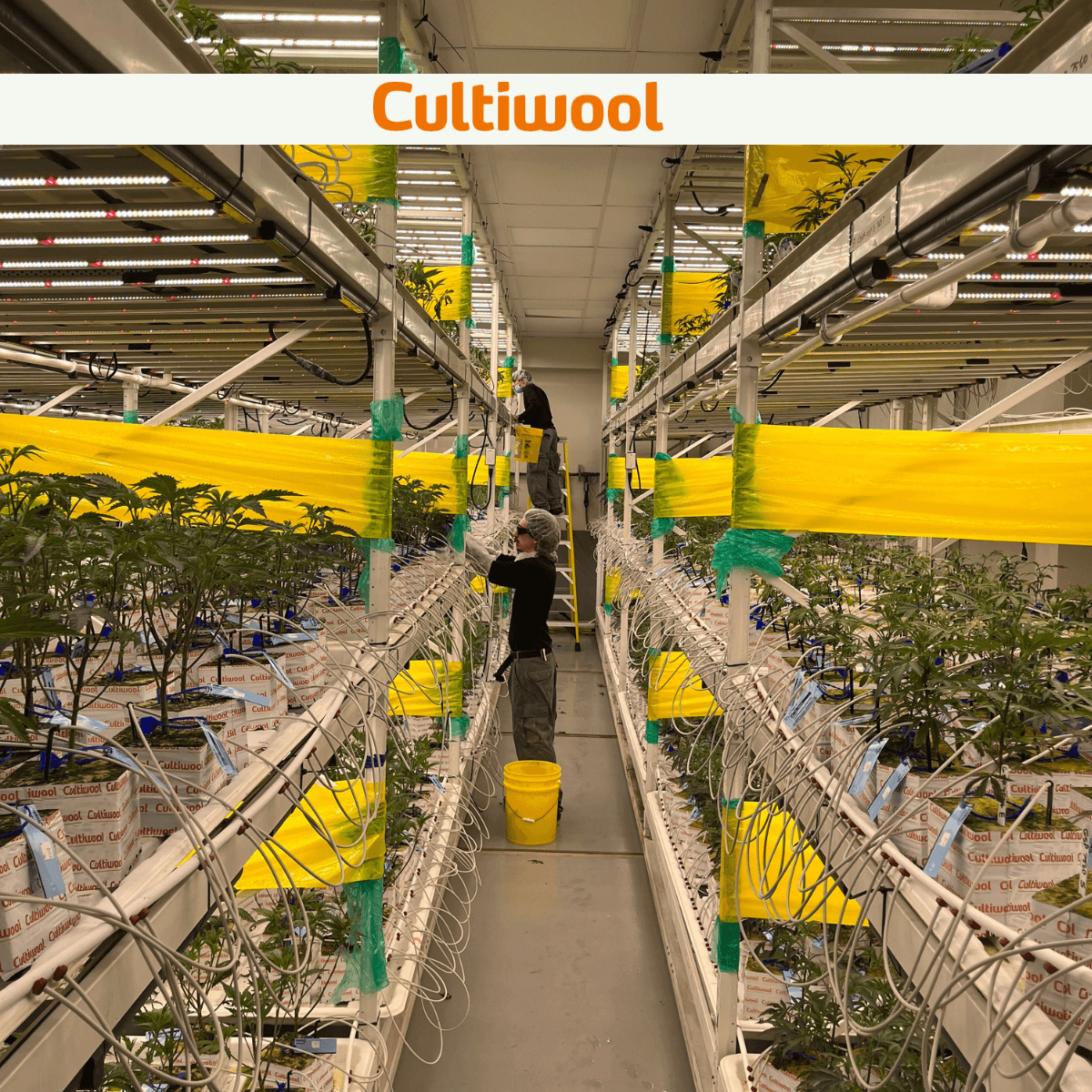
Environmental Steering Synergies
Nutrients and irrigation work best when combined with environmental steering. Below are some general points of attention:
Temperature & VPD: Day and night temperature differentials can also be used to enhance both vegetative and generative steering.
Light Strategies: Blue spectrum light supports vegetative growth, while red/far-red promotes flowering and biomass allocation. Photoperiod and light intensity can also play an important role especially in a greenhouse environment and utilizing supplemental lighting.
CO2 Enrichment: More impactful during high-light, generative phases when plants are maximizing photosynthetic capacity.
Practical Example: Tomato & Cannabis Steering
Tomato: Steering toward fruit production by reducing irrigation frequency, increasing EC, and maintaining higher K:Ca ratios during flowering.
Cannabis: Generative steering through elevated EC, reduced nitrogen, and precise dry-back control in combination with a lower VPD enhances flower density and cannabinoid expression
Key Takeaways for Growers
Start with a strong vegetative base. Healthy roots in stone wool set the foundation.
Use real-time monitoring tools to measure WC, EC, and pH.
Adjust nutrients and irrigation dynamically based on growth stage.
Combine environmental control (light, VPD, CO₂) with nutrient steering for maximum effect.
Document and refine strategies. The same recipe/plan will not necessarily work in different facilities. Successful crop steering is highly crop- and facility-specific. Repeatability is crucial to consistency.
Conclusion
Advanced nutrient and crop steering techniques in stone wool substrates give growers the power to shape plant outcomes with precision. By strategically managing nutrients, irrigation, and environmental conditions, cultivators can not only optimize yield and quality but also enhance consistency across production cycles. As CEA technologies evolve, crop steering will continue to define the difference between standard cultivation and truly optimized, data-driven growing
At Cultiwool, we are committed to supporting growers with not just top-quality stone wool but also the knowledge and guidance to get the most out of it. If you are unsure about your current setup or are looking to improve your irrigation strategy, substrate choice, or crop steering, reach out to our technical team; we are here to help!
Więcej pozycji

